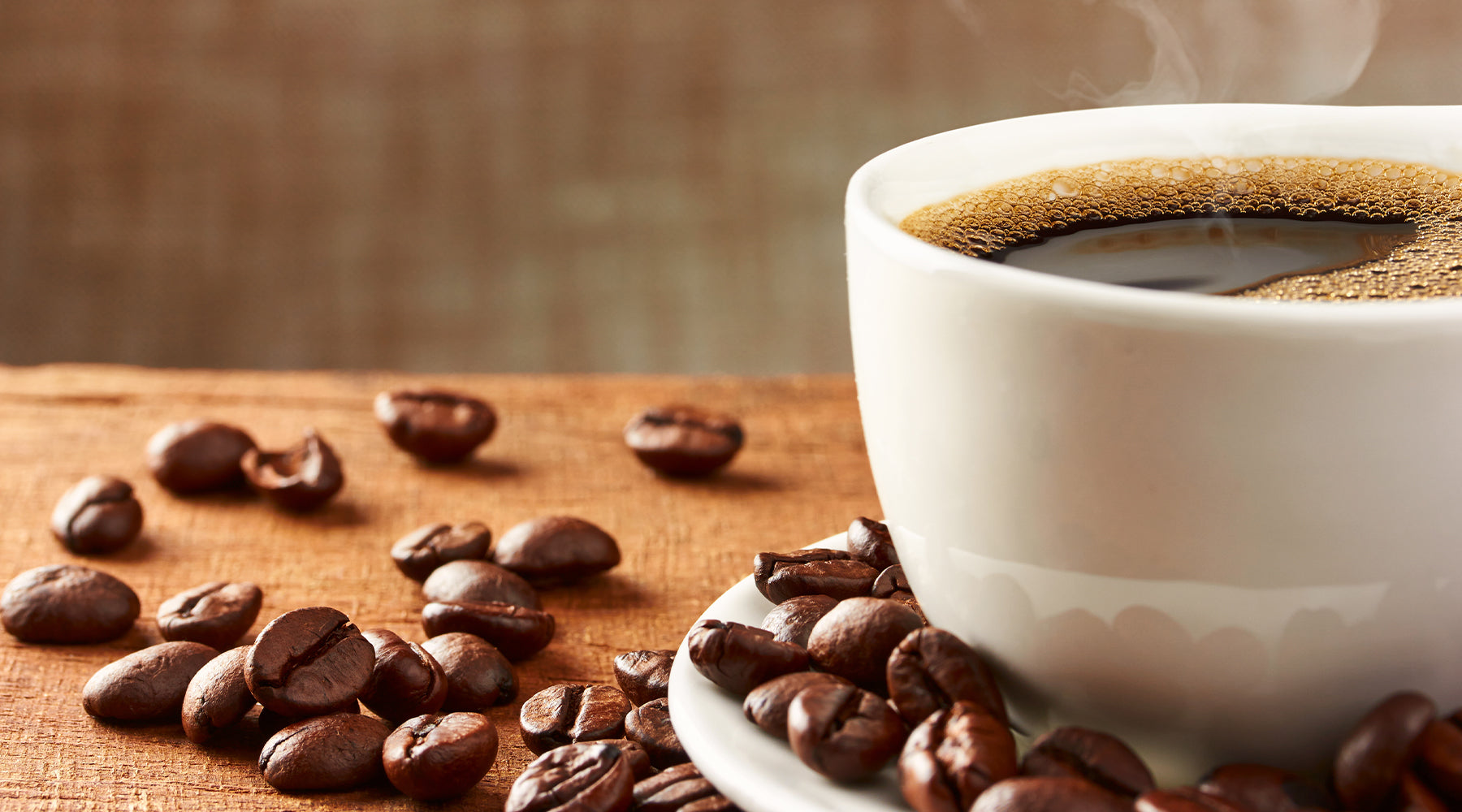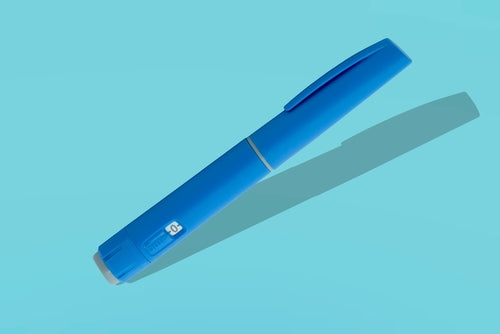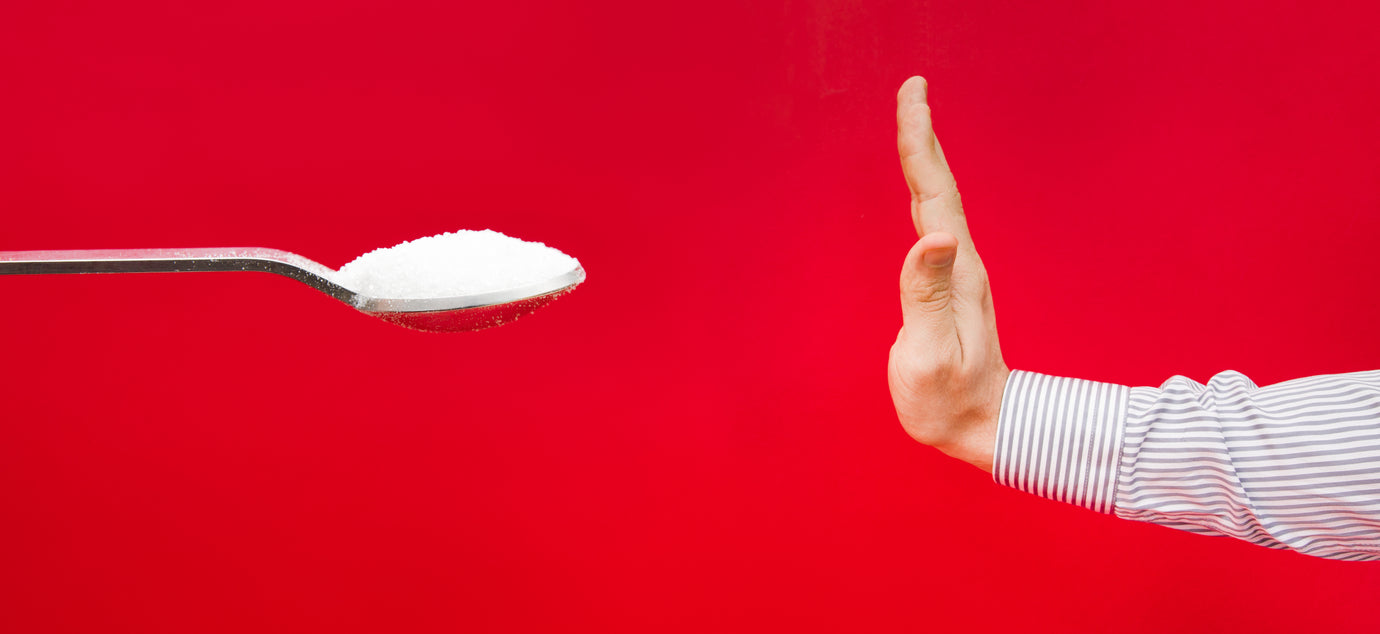We asked Kristina Madh, Owner and Founder of Cloudland Coffee some questions ... trying to clear up some commonly misunderstood coffee facts! For example, wet coffee beans does not mean they are fresher ... so let her set the record straight...
1. How long does roasting take for light/medium/dark?
On average the time runs from 9 - 12 minutes. A lot depends on the type of beans, size etc too. For example an Ethiopian coffee is typically a small, rather delicate bean compared to the large, rugged beans from Sumatra. The roast time for a Sumatran coffee is typically between 1 - 2 minutes longer than the roast time for an Ethiopia. The time difference between a light roast and a dark roast is typically 2 -3 minutes. Once the coffee reaches first crack, the coffee starts to rapidly release moisture, causing a sounds that sounds similar to popcorn popping. A light roast coffee is often pulled during first crack, medium roast is pulled 30 seconds to a minute later and then dark roast is pulled at second crack which is about 1 - 2 minutes after first crack.
2. What are the impacts of caffeine levels with roasting?
In the past it was thought that the darker the roast the less caffeine was in the coffee. This was because it was widely assumed that the caffeine was burned away in the roasting process. Recent studies though have proven that caffeine remains mostly stable in the roasting process. As such, the caffeine content of light roast versus dark roast is not much different. A bigger factor of caffeine content is the altitude that the coffee was grown. Caffeine is a natural bug deterrent, so the more bugs an area has, the increased likelihood that the coffee has a higher caffeine content. As you get to the cooler higher altitudes, there are fewer bugs, versus the warmer, tropical lower altitudes. Therefore it is more likely you will get more caffeine out of a coffee that was grown in a lower altitude versus a higher altitude. A great example of the is robusta coffee versus arabica coffee. Arabica is grown at a higher altitude and has less caffeine than robusta, which is grown at low altitudes.
3. How soon after roasting are the beans bagged?
For orders we bag the beans right after roasting to keep the coffee as fresh as possible.
4. What is the purpose of the valve and should we squeeze the air out?
The valve is a one way valve and helps to release the carbon dioxide out of the bag and keep oxygen out. Immediately after roasting and for about 24-48 hours afterwards, the coffee rapidly releases carbon dioxide, which is why sometimes when you get a bag of coffee that was recently roasted you may notice that is extra puffy because the valve may not be releasing the carbon dioxide as fast as it is being produced. It is good to squeeze the bag to get this carbon dioxide out as the excessive CO2 will cause the coffee to be bitter. It is also recommended that you allow about 24 - 48 hours after roasting before drinking it, to allow most of the carbon to be released, otherwise you may notice a bitterness in the coffee. Additionally, it's important to keep the bag sealed or the coffee stored in an airtight container to help minimize oxygen exposure. Oxygen rapidly deteriorates flavor and freshness of the coffee, so limiting exposure will help extend the "life" of the coffee.
5. Why are some beans wet and others bone dry?
There are two reasons for this. First, beans that are roasted dark to second crack will have the wet look. This is because at second crack, the oils start to release from the coffee rapidly, which results in the bitter taste you get with a darker roasted coffee. Medium and light roast coffee 99% of the time will not have oils which is why they are bone dry. However, the other reason you may find oil on the light or medium roasted beans is because they are older beans. With the lighter and medium roasted coffees, it takes a little longer for the oils to release. So if you have a medium roasted coffee that is oily (wet), most likely is was roasted awhile ago and will not taste fresh.
Leave comments below and let us know if you have any other coffee related questions!










